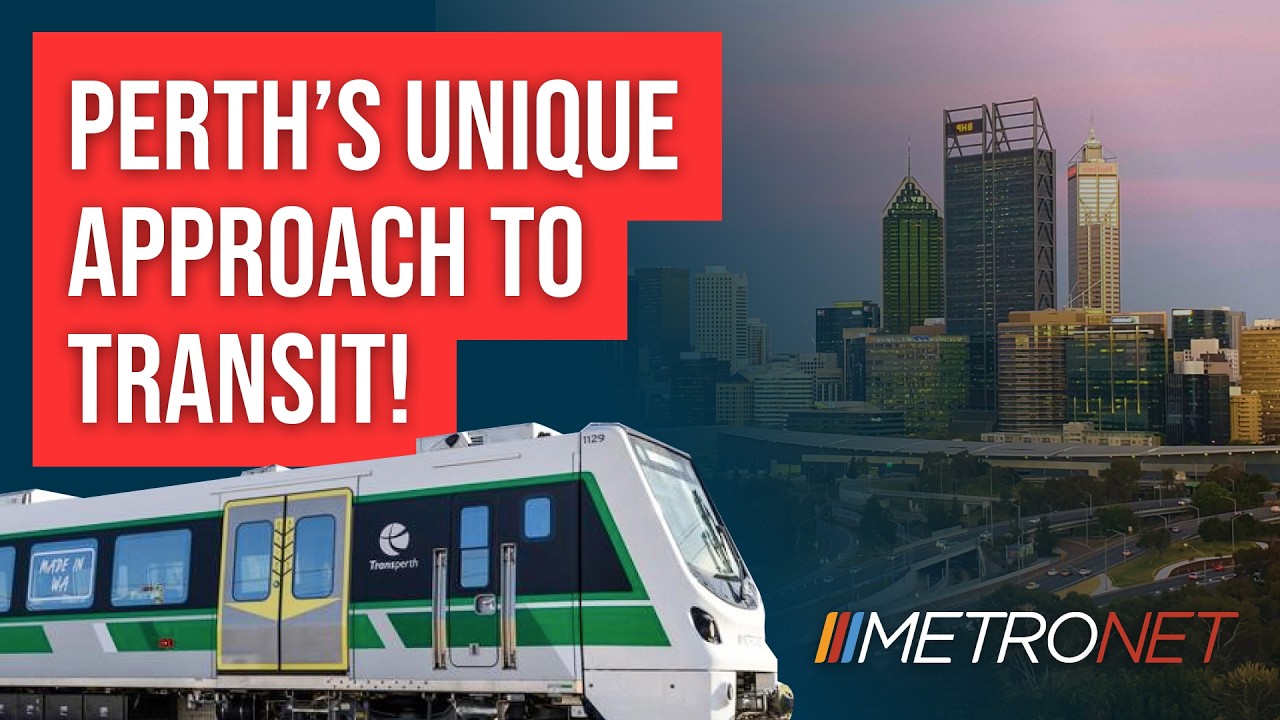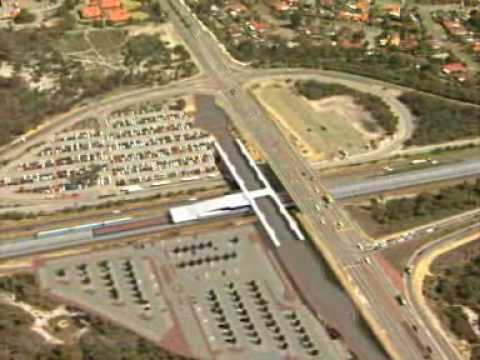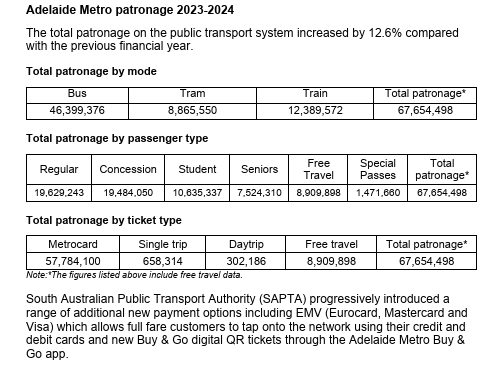Thornlie Cockburn Line opening (level crossing removals)
Rail construction costs per-km in Perth are about half that of East Coast capital cities.
BCRs for projects are excellent and well above 1.
Service frequency for ALL lines is 15 minutes or better from Day 1, unlike in QLD where you have to guess what the authorities might be planning.
High frequency is maintained on weekends, it’s frequent, even on Sunday.
And to top it off, they carry more passengers on trains than the entire SEQ QR passenger network.
How do they build for so much less!?
This is speculation, so the points made here need to be validated:
- West coast construction market is possibly more isolated from the East Coast. They are not competing against VIC/NSW/QLD.
- Their planning is really thorough. They publish the logic/reasoning behind their choices and are transparent. For example, this paper spells out some of the design choices and why they chose a P&R/bus model over a TOD/walkup model.
- Trains are put into freeway corridors, so property impacts and resumption costs are probably lower this way.
- Wider stop spacing means faster trains, higher benefits in the BCR calculation from time savings, and fewer stations means less expensive to construct overall.
Any others?
This was the Perth NewMetroRail project video (2007), where the PTA doubled the size of the Perth rail network. This also involved converting a section of busway and a busway station so that trains could run on it.
In the video I posted today, there was mention of Adelaide not doing anything compared with other jurisdictions, yet they have a PTA. I reckon a PTA is just another bureaucratic overlay.
Depends on the powers and responsibilities it has, and whether the politicians respect it or not. Translink doesn’t seem well respected by the state politicians and it’s certainly not respected at City Hall.
An integrated PTA with greater power and responsibilities that replaces existing functions at TMR and local councils, but also builds respect with the politicians and councillors would be better for everyone without being ‘extra’ bureaucracy.
Looking at the website https://www.adelaidemetro.com.au/about-us/what-we-do it does seem that they have a single authority, within the SA Department for Infrastructure and Transport (DIT).
They also have a Rail Commissioner, which is filled by the DIT CEO,
What we do
Adelaide Metro is Adelaide’s public transport system. Public transport in Adelaide is run by the Government of South Australia’s Department for Infrastructure and Transport, on behalf of the Rail Commissioner and the Minister for Infrastructure and Transport.
Adelaide’s public transport network operates around greater metropolitan Adelaide, using buses, trains and trams.
Our Executive team
Jon Whelan is Chief Executive of the Department, the South Australian Rail Commissioner and Commissioner for Highways. Jon is accountable for the delivery of the Government’s requirements for the Department, setting strategy and policy, overseeing implementation of programs, projects, initiatives, and service delivery, and driving improved performance.
Brisbane Counterfactual Scenario
In Adelaide, Adelaide City Council has no PT functions as PT is all at the state level. Alongside the Perth scenario, Adelaide represents another potential ‘alternative Brisbane’ scenario (counterfactual).
So what does it look like?
Overall, the train network patronage is very low compared to Perth or Brisbane. The SA Government only started electrifying the rail network in 2013 (Brisbane was electrified from 1979).
The Adelaide bus network remains highly complex. Attempts to reform it were made in 2020 with a network-wide bus review. The Transport Minister cancelled the 2020 bus network review within 3 weeks, due to public backlash, leaving the Adelaide bus network with much of the same the issues that we mention here in Brisbane.
(image from secondary source, Melbourne on Transit [Blog] (https://melbourneontransit.blogspot.com/2020/07/building-melbournes-useful-network-part.html)
Patronage figures are given below. The Adelaide rail network is carrying just 12.3 million passengers per year from a network that has about ~ 89 train stations. This is a similar patronage to the Gold Coast Light Rail service.
In Adelaide, it is actually the bus mode that is carrying ~ 4x what the rail network is doing! The most likely explanations for the poor patronage figures for trains in Adelaide are (a) 30 minute train frequency and (b) lack of bus connections to train stations.
(Image: DIT Annual Report 2023-2024)
Conclusion
Despite having a single agency run PT and lots of railway stations (similar to Perth), if frequent train service and bus connections are not there, the patronage will still be low.
Notes
DIT Annual Report 2023-2024
Adelaide city council only managers 30,000 people ![]()
Going back to Perth I do think that Metronet is good for the city especially the Orbital vision.
Plus it’s more economical to run with Driver Only Operations which could be included in overall costs of extensions etc…
Why do they achieve so much? No QT and QR is a pretty good starting place! ![]()
I’m not an expert at the behind-the-scenes issues, but from what I understand, the issues lie more with BCC and QT rather than QR.
As mentioned previously, there is no chance of DOO on the SEQ rail network until there is a proper system of ATP on the network. There is no real urgency in the network wide deployment of ETCS L2 which incorporates ATP. SPADs will continue to be a risk, and guards will be needed. It is possible if sector 1 post CRR is full ETCS L2 then that sector could be DOO, but I doubt if there is the political will.
What role does a guard play during a SPAD?
I’m a little suprised by this. Wasn’t a large part of the NGR debacle that the LNP government ordered DOO trains before the network was ready?
Yes, the NGRs were prematurely designed for DOO on a network that is not DOO compatible. This was apart from the DDA non compliance. It would depend very much on the political complexion of the Government on the day. There would be a lot of resistance to DOO from unions I would expect.
Guard can stop the train if the driver fails too. There was a spad a few years ago that Guard acted to stop the train after the driver failed to act after passing red signals.
Keep in mind when comparing QLD/WA that they are apples and oranges. So far as serious transit is concerned, so far as pretty much everything is concerned, WA is Perth and Perth is WA! Something like around 85% of the entire state’s population is in the Greater Perth region, making the politics of everything, rather straight-forward!
Comparison only needs to rely on similarity, not identity.
Just compare any Perth train timetable, including the Airport lines. There is a massive service gap in QLD.
They run their systems well, which is why they have the results they do.
If anything, SEQ has multiple cities and regions which means patronage should be much higher.
I was focusing on the strategic, not technical factors!
What makes you say this?




